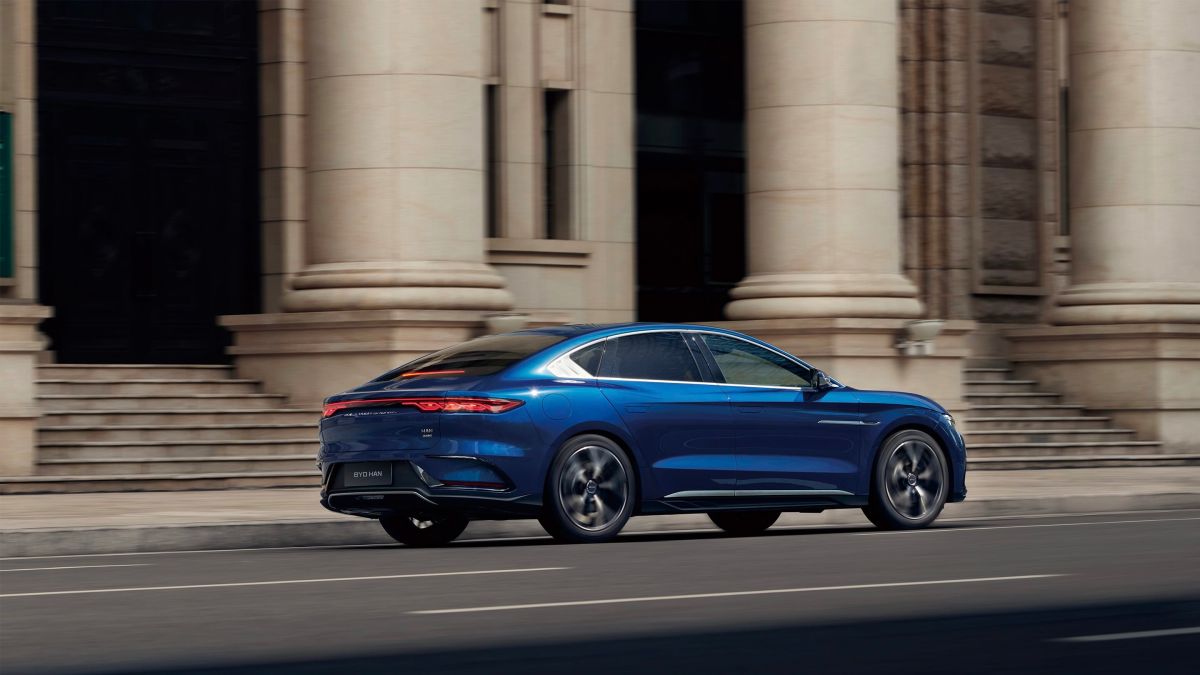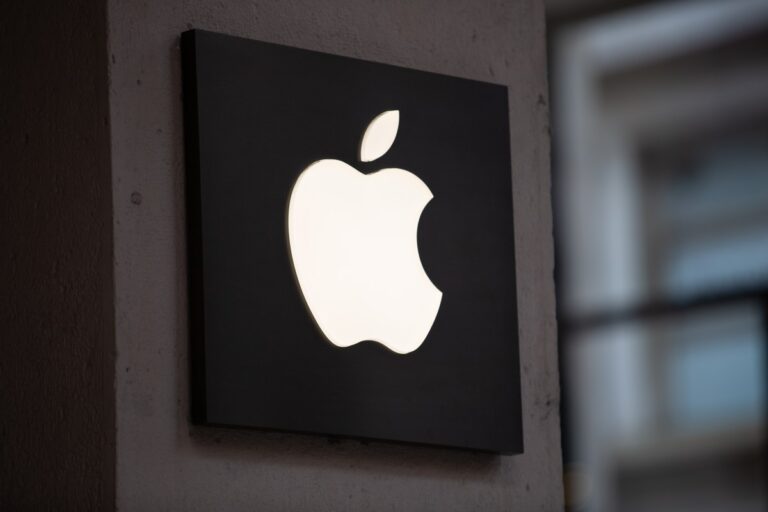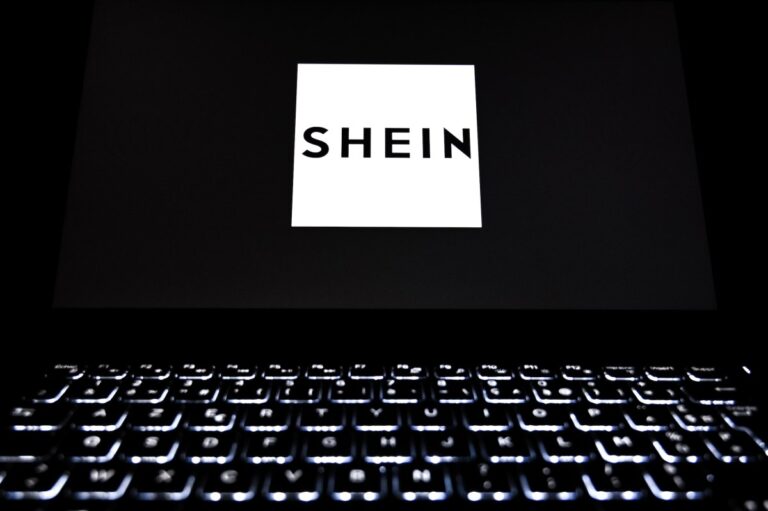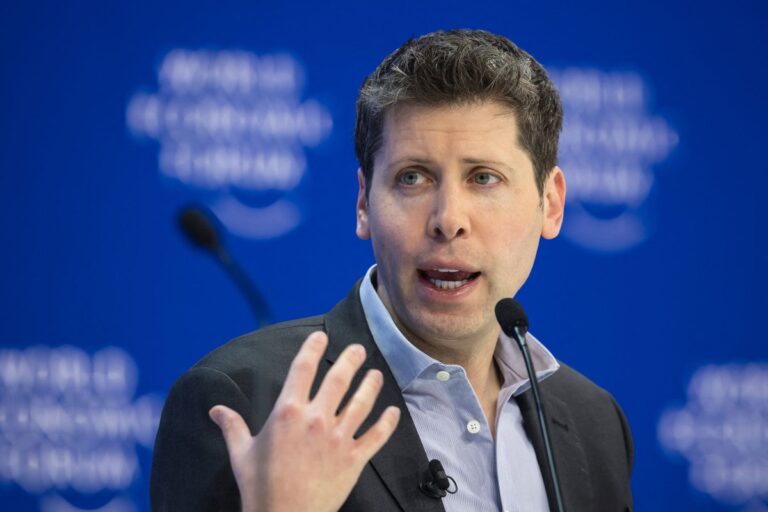Revolutionizing EV Charging: How BYD Aims to Match Gas Tank Refueling Speeds
This week, Chinese automaker BYD made headlines with the announcement of its innovative Han L sedan, which has the potential to add an impressive 248 miles of range in just five minutes of charging. This breakthrough in fast charging technology has piqued the interest of electric vehicle (EV) enthusiasts and industry analysts alike. However, details remain sparse, prompting a deeper dive into the technology behind this remarkable achievement.
Understanding the BYD Han L Sedan’s Battery Technology
At the core of the Han L’s fast charging capabilities is its advanced battery system. According to CarNewsChina, the sedan is equipped with an 83.2 kWh lithium-iron-phosphate (LFP) battery pack, which operates at a high voltage of 945 volts. Notably, BYD has rounded this figure up to 1,000 volts in its promotional materials.
The Advantages of LFP Battery Chemistry
The choice of LFP battery technology is crucial for achieving fast charging speeds. Here are some key benefits:
- Stability and Safety: LFP batteries have a lower risk of catching fire compared to other chemistries like nickel manganese cobalt (NMC).
- Faster Charging: The electrochemical properties of LFP batteries allow for quicker charging times.
- Experience: BYD has been perfecting LFP technology for years, with its latest design, Blade 2.0, set to debut in the Han L.
The Electrical System Driving Fast Charging
The Han L’s charging system is powered by a high-voltage electrical setup that runs at 945 volts. This approach is becoming increasingly popular among automakers, as higher voltages reduce heat generation and enhance power delivery efficiency. For context:
- Lucid Motors: Operates a 900-volt architecture.
- Hyundai, Kia, and Porsche: Utilize 800-volt systems.
- Tesla: Depending on the model, uses voltages ranging from 400 to 800 volts.
Combined with the Han L’s ability to charge at up to 1 megawatt (1,000 kilowatts), this system sets it apart from current industry standards, where the fastest chargers in the U.S. deliver only 350 kilowatts.
Managing Heat Generation
However, charging at such high power levels creates significant heat. The cables required to support 1 megawatt charging must be exceptionally robust. To facilitate this, BYD has introduced a dual gun approach, featuring two charging ports that can connect to a 500 kW charger simultaneously, effectively achieving the 1 megawatt target.
Realistic Range Estimates
According to BYD, the Han L can gain 248 miles of range in just five minutes. However, it’s important to note that the Chinese testing cycle, known as CLTC, often yields optimistic results—approximately 35% higher than EPA ratings, as reported by InsideEVs.
In practical terms, drivers might expect around 160 miles of range from a five-minute charge and approximately 280 miles from a full battery. For a clearer perspective, charging from 16% to 80% takes about 10 minutes, while a complete charge from 16% to 100% requires around 24 minutes.
BYD’s Charging Infrastructure Plans
The efficacy of the Han L’s charging speed hinges on the availability of compatible charging stations. To support this, BYD plans to install over 4,000 charging stations throughout China. However, significant upgrades to the electrical grid will be necessary to accommodate the high power demands of these stations.
Future Availability in the U.S.
For American consumers, the Han L may not be available anytime soon due to a 100% tariff on Chinese-made EVs, which significantly raises prices. Nevertheless, advancements in fast charging technology are expected to reach the U.S. market. Currently, many vehicles can charge from 20% to 80% in just 18 minutes, indicating that faster charging solutions are on the horizon.
In conclusion, BYD’s Han L sedan represents a significant step forward in EV technology, particularly in fast charging. As the industry evolves, it will be exciting to see how these innovations shape the future of electric vehicles.







